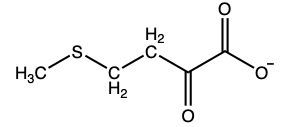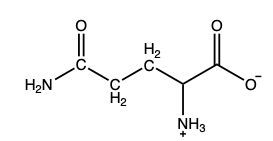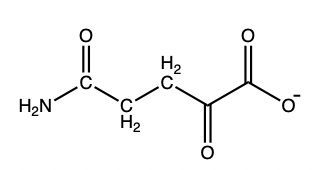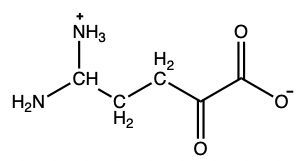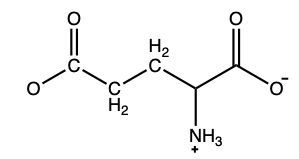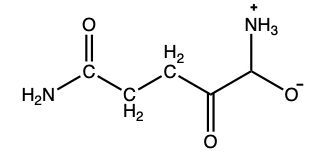Amino acid catabolism primarily involves the removal of the amino group, a crucial process that occurs in the liver and can be divided into two main stages: transamination and oxidative deamination. The first stage, transamination, takes place in the cytosol and involves the transfer of the amino group from an amino acid to an alpha-keto acid, resulting in the formation of a new amino acid and an alpha-keto acid. This process is essential for the synthesis of various amino acids and plays a significant role in nitrogen metabolism.
During transamination, one of the key products is glutamate, which is generated in the mitochondrial matrix. This amino acid serves as an important intermediate in amino acid metabolism. Following transamination, the second stage, oxidative deamination, occurs within the mitochondria. In this step, glutamate undergoes oxidative deamination to produce an ammonium ion (NH4+) and alpha-ketoglutarate. The release of the ammonium ion is significant as it contributes to the urea cycle, which detoxifies ammonia in the body.
Overall, the catabolism of amino acids involves a coordinated series of reactions that facilitate the removal of the amino group, ultimately leading to the production of energy and the synthesis of other important biomolecules. Understanding these processes is vital for comprehending how the body manages nitrogen and amino acid levels, particularly in relation to energy metabolism and the synthesis of proteins.

